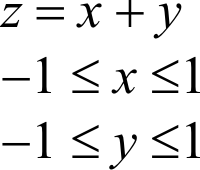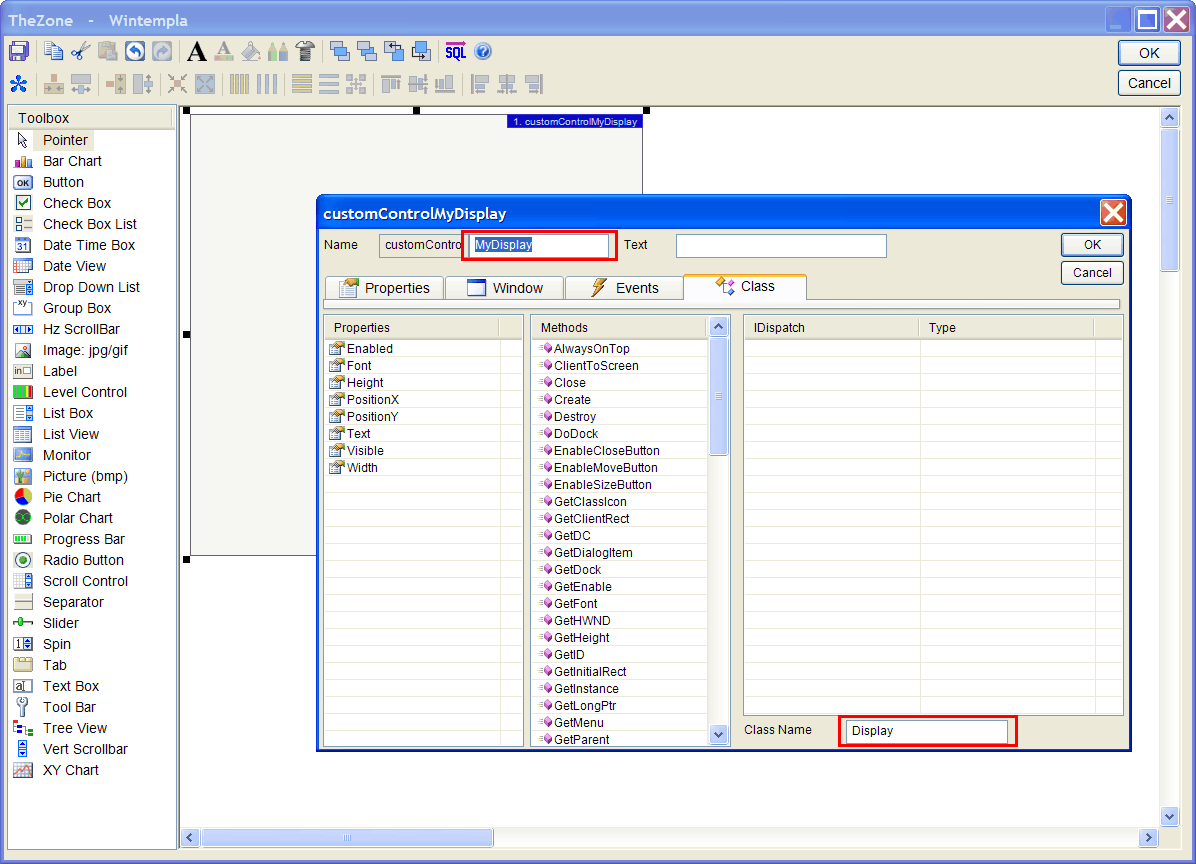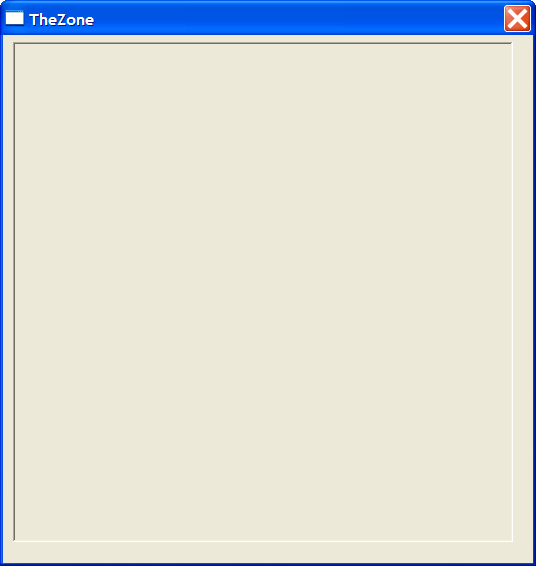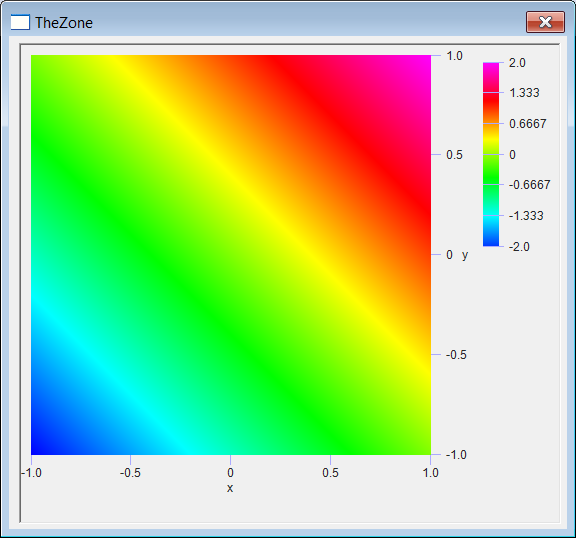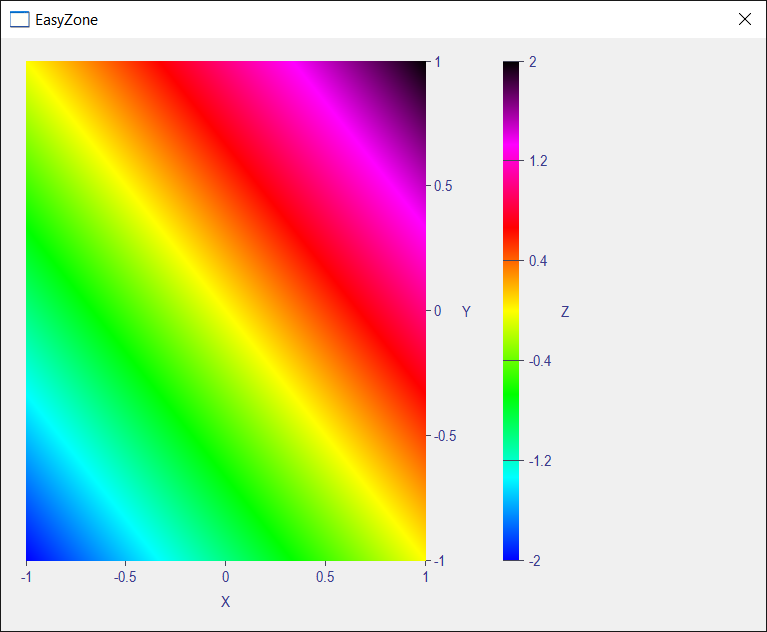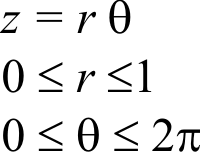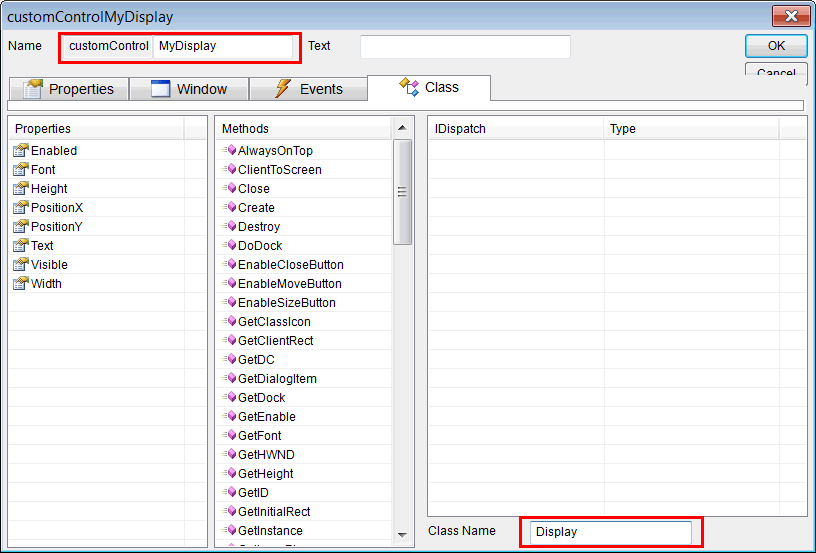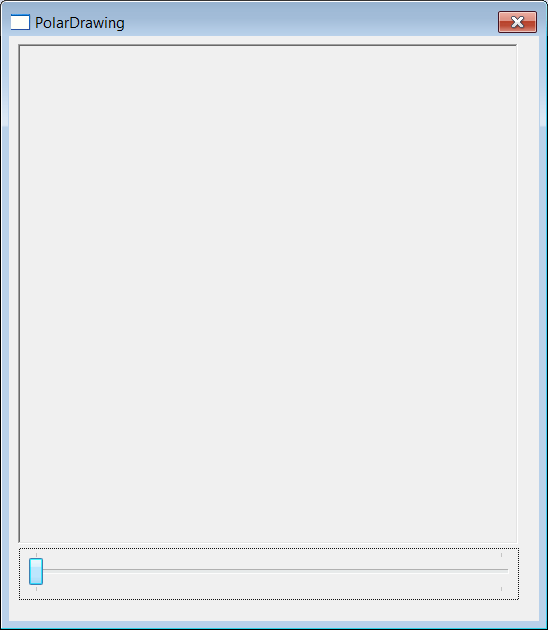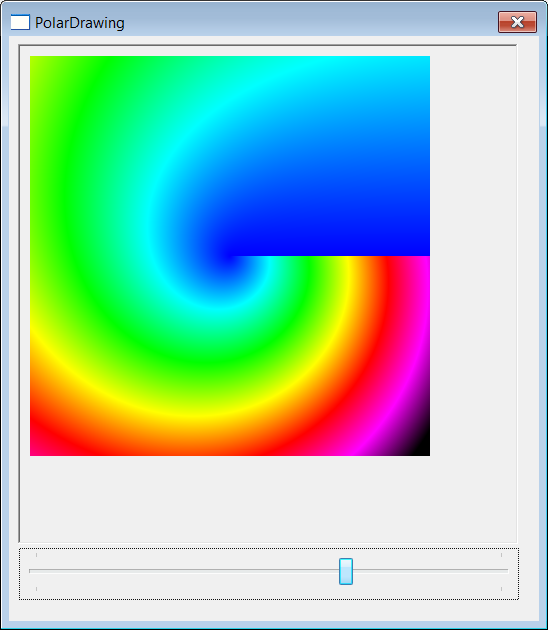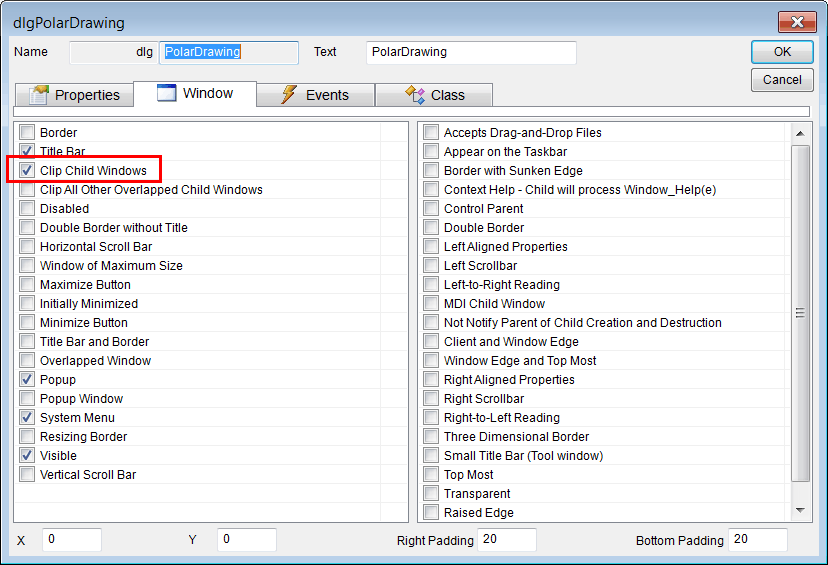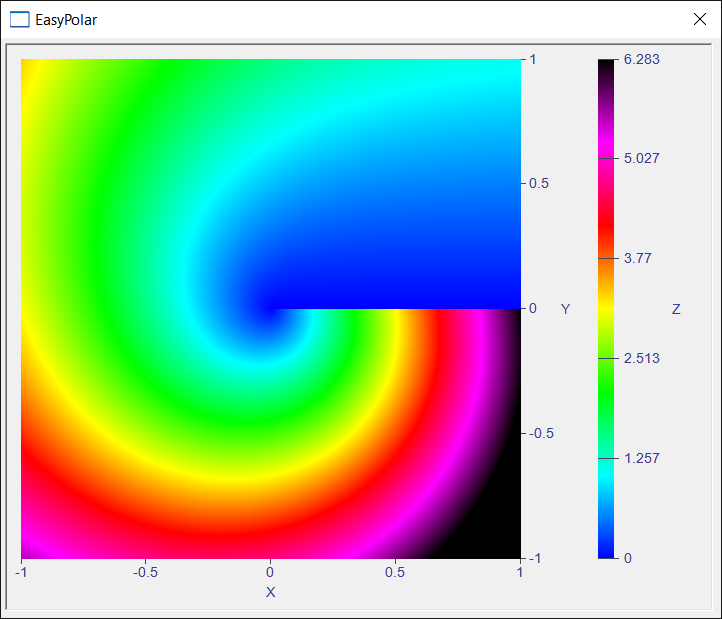// Display.cpp
#include "stdafx.h"
#include "Display.h"
bool Display::isRegistered= false;
Display::Display()
{
if (!this->isRegistered)
{
this->RegisterClassEx(
LoadCursor(NULL, IDC_ARROW),
(HBRUSH)(COLOR_BTNFACE+1));
this->isRegistered = true;
}
graphics.Create(BITMAP_WIDTH, BITMAP_HEIGHT);
}
Display::~Display()
{
}
void Display::ComputeBits()
{
//_______________________________ set x limits
const double minX = -1.0;
const double maxX = 1.0;
const double deltaX = (maxX - minX)/(BITMAP_WIDTH-1.0);
//_______________________________ set y limits
const double minY = -1.0;
const double maxY = 1.0;
const double deltaY = (maxY - minY)/(BITMAP_HEIGHT-1.0);
//_______________________________ set z limits
const double minZ = -2.0;
const double maxZ = 2.0;
const double deltaZ = (maxZ - minZ);
//_____________________________________________ Set the Bitmap bits: z = x + y
int row, col;
double x, y, z;
double normalized_z = 0.0;
COLORREF color;
//
for(row = 0; row < BITMAP_HEIGHT; row++)
{
y = maxY - row*deltaY;
for(col = 0; col< BITMAP_WIDTH; col++)
{
x = minX + col*deltaX;
z = x + y;
//_____________________ Normalize z from 0.0 to 1.0
normalized_z = (z-minZ)/deltaZ;
color = Sys::Convert::DoubleToColorRef(normalized_z, false, 6);
GRAPHICS_SETPIXEL(graphics, col, row, color);
//graphics.SetPixel(col, row, color);
}
}
graphics.CreateBitmap();
}
void Display::Window_Open(Win::Event& e)
{
}
void Display::Window_Paint(Win::Event& e)
{
CG::Gdi gdi(e.hWnd, true, false);
gdi.DrawGraphics(graphics, 10, 10);
CG::Font font(L"Arial", 12);
gdi.Select(font);
gdi.SetBkMode(true);
gdi.SetTextColor(RGB(40, 40, 40));
CG::Pen pen(PS_SOLID, 1, RGB(170, 170, 255));
gdi.Select(pen);
//________________________________________ Draw X Axis
gdi.DrawGraphScaleX(10, BITMAP_HEIGHT+10, BITMAP_WIDTH, -1.0, 1.0, 5, 10, L"x");
//________________________________________ Draw Y Axis
const int scaleWidth = gdi.DrawGraphScaleY(10+BITMAP_WIDTH, 10, BITMAP_HEIGHT, -1.0, 1.0, 5, 10, L"y");
//________________________________________ Color Gradient Scale
gdi.DrawGraphGradientScale(10+BITMAP_WIDTH+scaleWidth+10, 10, BITMAP_HEIGHT/2, -2.0, 2.0, 6, 5, 6, false);
}
void Display::Window_Size(Win::Event& e)
{
}
bool Display::IsEvent(Win::Event& e, int notification)
{
// if (e.uMsg == WM_NOTIFY)
// {
// NMHDR* pNMHDR= (LPNMHDR)e.lParam;
// if (pNMHDR->hwndFrom!=this->GetHWND()) return false;
// if (notification == WIN_ALL_EVENTS)
// {
// // Your code here
// return true;
// }
// if (pNMHDR->code!=notification) return false;
// return true;
// }
//
if (e.uMsg!=WM_COMMAND) return false;
const int id = LOWORD(e.wParam);
const int notificationd = HIWORD(e.wParam);
if (id != this->id) return false;
if (notificationd!=notification) return false;
return true;
}
|
 Show All Controls In Toolbox select the Custom Control tool and draw one Custom Control. Set the name to MyDisplay. In the class tab, set the class to Display.
Show All Controls In Toolbox select the Custom Control tool and draw one Custom Control. Set the name to MyDisplay. In the class tab, set the class to Display.  Show All Controls In Toolbox seleccione la herramienta de Custom Control y dibuje un Custom Control. Fije el nombre en MyDisplay. En la pestaña de class, fije la class a Display.
Show All Controls In Toolbox seleccione la herramienta de Custom Control y dibuje un Custom Control. Fije el nombre en MyDisplay. En la pestaña de class, fije la class a Display. 